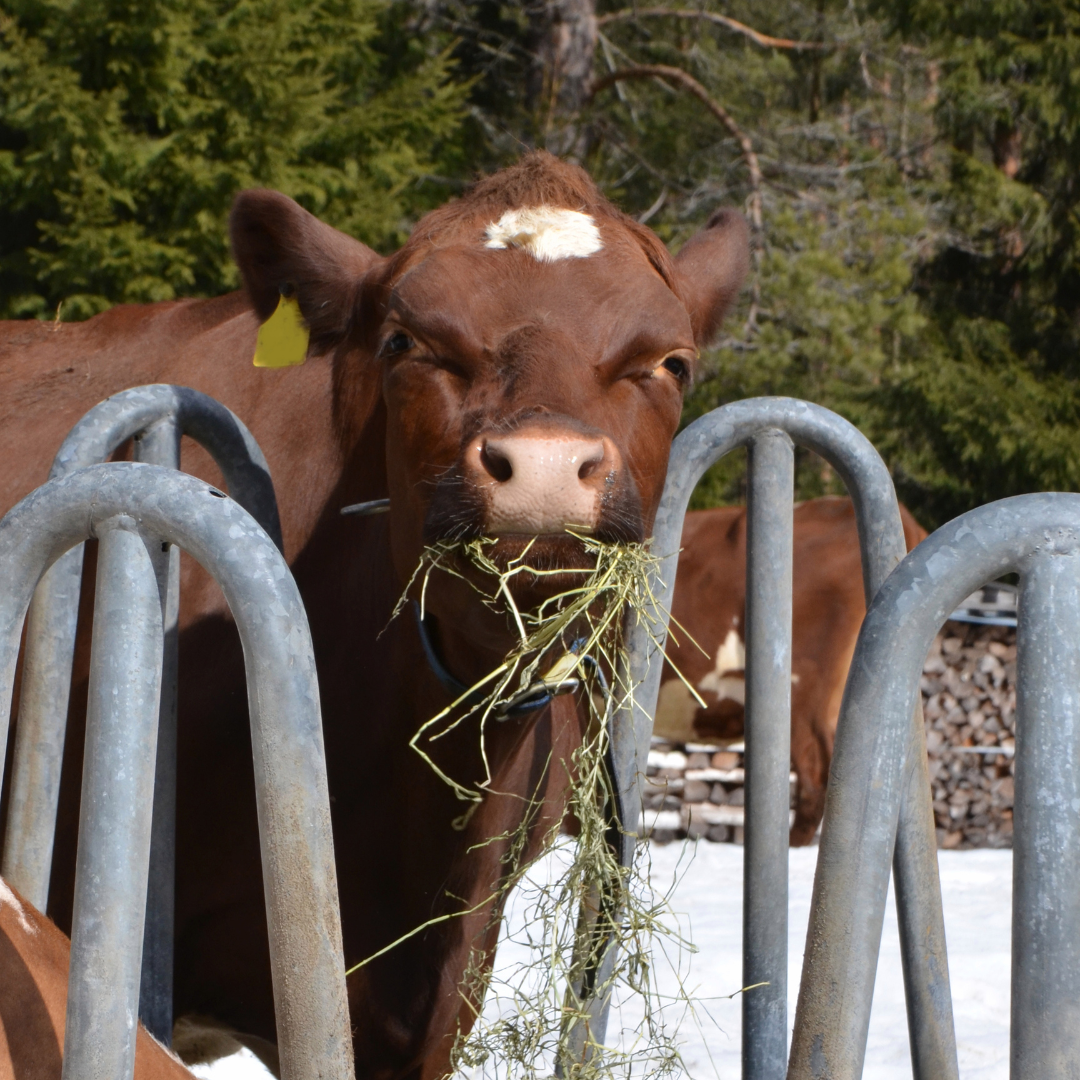Having been raised in the city, I was like many of my fellow urban friends, and I attributed human emotions to animals.
The technical term is anthropomorphism. And of course, animals have emotions and feelings – after all they are living creatures just like us. But they don’t see the world like us, and their brains don’t work like ours.
Well, at least this is what scientists say. I have seen great sadness in a dog’s eye, anger in a cat’s eye as like us, they feel pain, abandonment, and fear. In fact, many of the very emotions we humans feel. But they obviously don’t feel like we do for the same events or circumstances. If you ever shared your life with an animal, you know about this; even during the shortest of encounters you can witness if they are happy or not.
When I first got on the farm, every time I heard a cow bellow, I thought it was in distress. By the end of the first summer, I knew how to differentiate bellows from a cow in heat, cows that are surprised or cows that are distressed. Happy cows even have their very own bellow. I experienced it extensively last summer when the construction of the extension of the barn was finished and the cows moved in. Part of the extension is dedicated to 12-20 months heifers, before the extension they were in front of the barn, free range with extra space but nothing like the new barn.
In the new part of the barn, the young girls (as I call them) have wider sand boxes where they can sit and relax and just chill, as well as a space where they can run if they feel like it or just hang out with their friends. They also have foot baths, brushes where they can get a back scratch on demand, stable temperature where it’s not too hot (they hate hot weather), more water stations and natural wind coming from the open walls in the summer.
Now, the entire barn turns red at 9 PM.
For those who don’t know, cows need 16 hours of daylight, but they need to rest as well, so we used to have only the milking cows who would get red light at night. Now they all get it.
Why red light and not just no light at all? The reason is simple. If we must go into the barn at night, as is often the case, we need to see, and the red light allows us to see in the barn without exposing cows to light. The red light doesn’t disturb them so red light is best for both humans and cows.
The extension of the barn happened to be about 250 meters behind our house and my bedroom bathroom window is on that side. When the cows moved into their new apartment, they were ecstatic! For 48 hours none of them stopped bellowing their surprise, disbelief and happiness! I’m sure they had lengthy discussions amongst themselves about the new environment they were discovering. The noise was constant from various cows, it could have been a chorus if they had had a partition.
They all chimed it but to be honest, it was more cacophonous than music!! Nevertheless, it was heartwarming to hear them, even though they kept us awake! The milking cows were impatient for their new neighbors to settle in, as for them all this was nothing new since they benefited from all these fancy accommodations already.
It’s been a year since the construction was finished and our milk production is better than before. We added one milking robot, having 4 now in total and all the cows are happy. Happy cows are productive cows!
And the best part? We don’t hear a thing at night anymore. The cows sleep tight and so do we.

